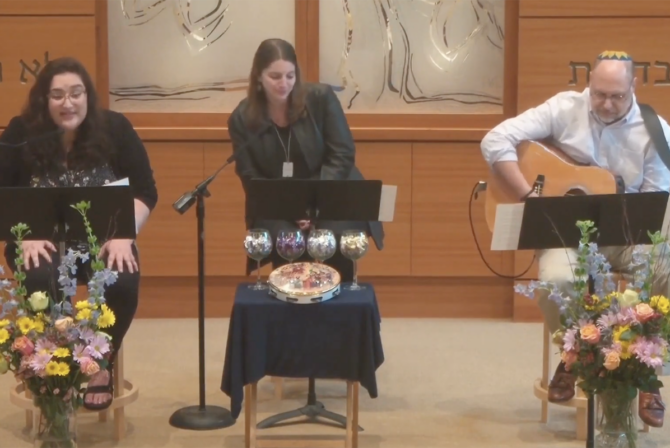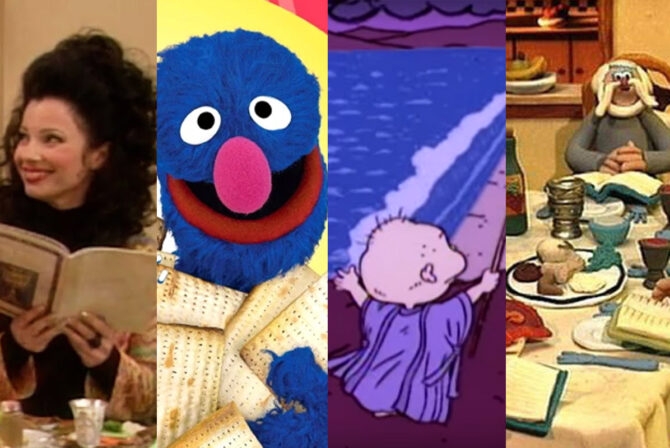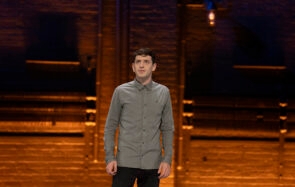“Today we played with multicultural dolls in honor of Martin King Jr. Day,” read the daily report from our daycare. Our son was about 7 months at the time. I have to admit I was slightly amused by the image of our baby drooling on toys of varying shades of color. While I am quite confident he missed the tolerance lesson, I truly appreciate the efforts of our caregivers.
I know our 4-year-old twins, on the other hand, are getting the message clearly and I am constantly learning from them. “Criss-cross applesauce” is what our children say as they sit down on the floor, legs folded beneath them. I received blank stares the ONE time I used the phrase “Indian style.” I must confess it never occurred to me that there was anything wrong with the old phrase we used regularly growing up, until the applesauce rhyme gave me cause to consider, like so many of the other words and phrases they glean from daycare.
The other day I had the rare opportunity to spend one-on-one time with our oldest who was home from daycare due to a mild fever. We talked without interruptions and he dictated the day’s agenda. We read books, did an art project, and shared a special breakfast. In that treasured time together, just the two of us, he did not have to compete for my attention and he could take his time expressing his thoughts. By late morning he was feeling better and we were both eager to get out of the house. At his request we headed to the zoo.
The highlight of every zoo trip for our kids is always the train ride. When the line is short we will ride the train until we tire. It was as we were boarding the train the first time that morning that our son pointed out something neither of us had noticed before. “Why is there a picture of a Native American on the train?” he asked. Sure enough, I looked down at the side of the train cart and saw a caricature of a Native American with a big nose and a feather protruding from his headband. I checked all of the adjoining carts and found an identical depiction on each. I did not think the image was particularly offensive, however it was oddly out of place for the zoo. Perhaps the train had originally been fated for a Wild West theme park. But if that were the case, where was the accompanying cowboy? Why was there just a Native American?
I tried not to panic as I often do when I cannot find an adequate response to our kids’ unceasing questions. Out of desperation I decided to deflect the question back to him. “Why do YOU think someone painted Native Americans on the train?” His sage response- “Native Americans do not belong there.” I told him I completely agreed.
After our train ride we shared a picnic lunch in the shade of a tree. Several minutes into our meal he pointed out another unexpected sight. Walking towards us were a dozen or so men in dark pants, white button-down shirts with payot and kippot. They were more observant members of our own tribe. “Why are they dressed for Shabbat?” he asked. I explained that some Jews wear kippot everywhere they go, not just in the synagogue. The kippah reminds us that God is always above us. He seemed satisfied with this answer and he went back to eating his Goldfish.
And then all of the sudden the image appeared and I could not dismiss it. I saw a pious Jew with a kippah on the side of that same train plastered there for the amusement of others. I would never have kept silent about such an image. So how is the Native American any different?
In a world filled with inequities and hatred, I am grateful our 4-year-old is able to perceive the difference between right and wrong. Kol Hakavod (job well done) to our sons’ teachers for teaching them to be sensitive to others and enabling them to appreciate the diversity around us.
Like this post? Get the best of Kveller delivered straight to you inbox.







